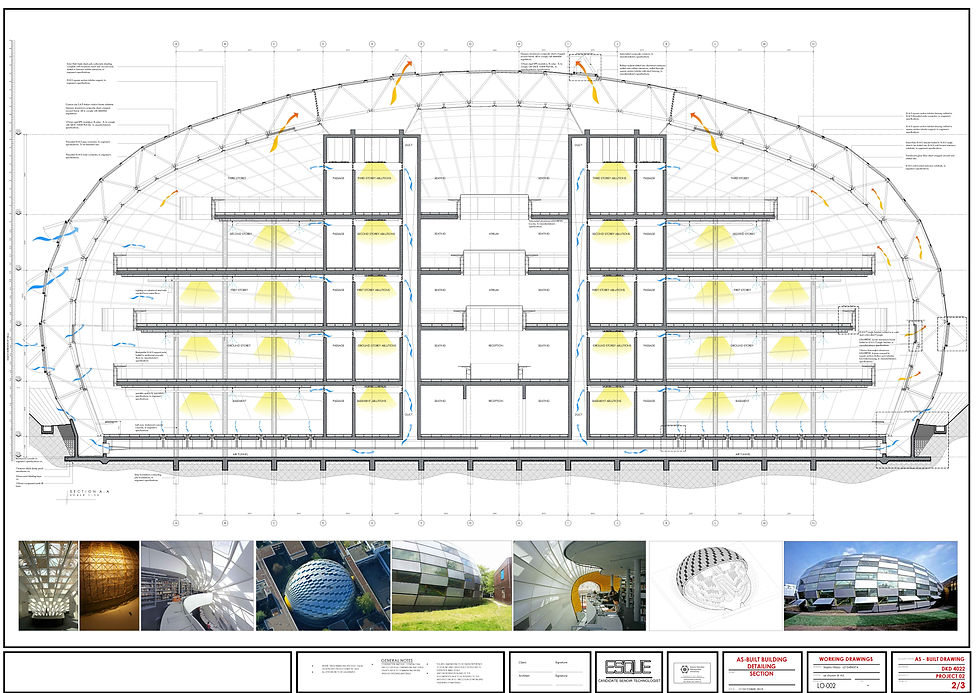INTEGRATION: PART 2 A RESPONSE
- ESQUE
- Oct 21, 2019
- 3 min read

The long awaited response to a pretty heated investigation is finally here! After consulting with as diverse a survey group as possible, I have found the pots(popular South African cultural reference to or equivalent of discovering the 'Crabby-Patty Formula').
Students from all three departments have given their takes on the questions posited in Part 1.
QUALIFICATION MARKS
With regards to marks needed to qualify to get into B-Tech Applied Design, some students who went throught the Technology programme postulate that the design terminology and nomanclature is advanced in the BAS side and therefore a technology student needs to catch up to a class that has a 2 year head start. The other reason given is that the theory modules are intense and have more frequent tests, presenting something else to acclimate to. In order to ensure that technology students cope with the demands tailored for applied design the qualifying has to be implemented. Ability to design is not sited to be a factor.
PRESTIGE
Prestige or the perception of is said to be a factor, though not a major one in the lack of integration between the 3 departments.
WORKLOAD/DIFFICULTY
Every student deems their own course to be more difficult than the rest so this one is the most subjective.
SOCIO-ECONOMIC CLASS
By far the biggest and most mentioned factor in the lack of mingling, the socio-economic class differences are thee major contributor. Be it perceptions of one class, preference of one over the other, race, or even human nature of organic organization of each other based on familiarity. The last two are often indistinguishable from one another, though. It is mentioned that because of technolgy being composed of majority of a certain socio-economic class or race, if you want to walk down that aisle, is percieved to be supposedly easier, cheaper, with a lower workload and difficulty, according to overheard discussions.
IMPORTANCE & UTILITY
How valuable each respect is, is determined by the end-user or the beneficiary, to be honest. That does not stop the division amongst the students and professionals, however. It seems the judgement is based on what the sibling field lacks. The BAS side feels it is more important and has greater utility because it deals with socio-economic and natural matters more while the technology side feels it has more importance and greater utility because it is the rhyme to the reason, the order in the caos, the force that makes all the 'CRAZY and LUDICROUS' ideas work and make sense. I assume the interior design's greatest pull is their commercial pull and influence, and their understanding of psychology when in a space.
WORKING PROFESSIONALS
One working then technology professional said they had to pursue a Masters in Applied design due to the undermining in the office. One professional who did both their undergrad and masters on the BAS side said they were the recepient of countless micro-aggressions, exclusion, and profiling, I doubt it was based on them being vegan hey.
INTEGRATED LEARNING
I am not able to find answers to the lack of integration between the 3 learning areas, as in practice the 3 are a conglomerate along with a few other fields.
If it were a reality, it would be interesting to hear from BAS students of their experiences were they allowed to join the B-Tech technology side. Some students who crossed over from the technology side to the applied design side have been known to complain about not having learned anything from the BAS side, to complaining about the lack of female staff(balance - enter Thanos) and basically the BAS side being an appendage measuring contest...crickets...
In my opinion the only force that cannot be overcome is that of the nature of human beings to organically organize themselves according to belonging and familiarity, other than that, there is no reason why our prefessions could not be more cohesive. Thank you for the patience. Addieuax!



Comments